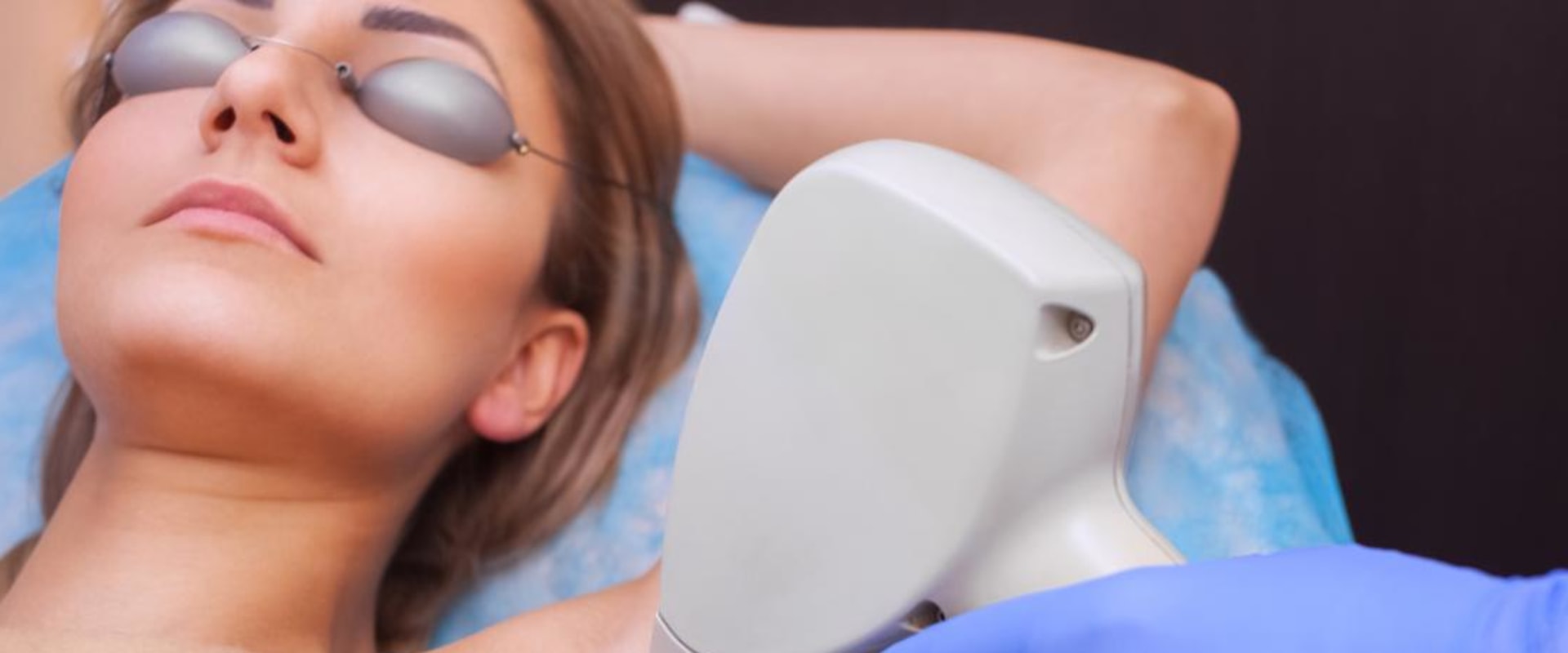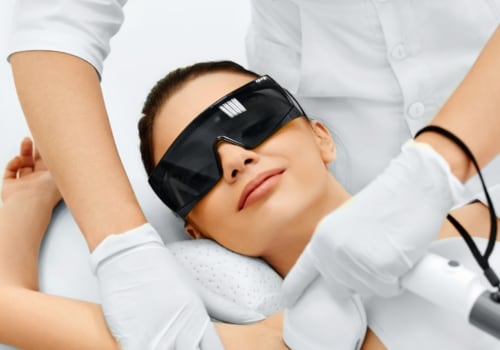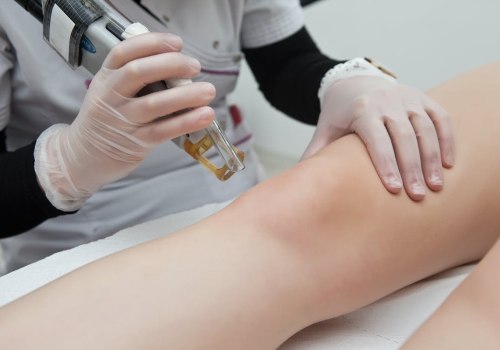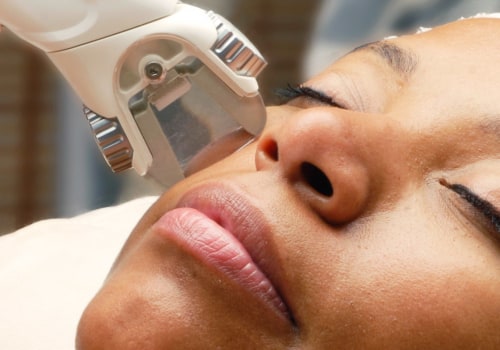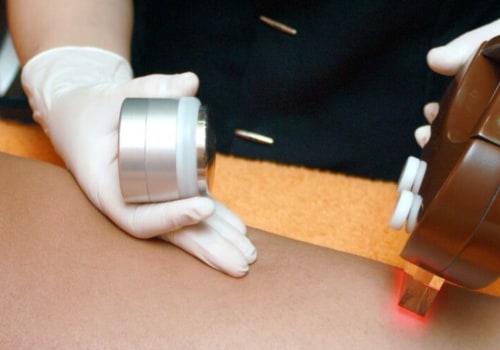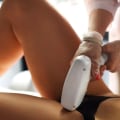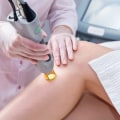If you are considering laser hair removal to get rid of unwanted body hair, it is important to understand the risks associated with the procedure. Although laser hair removal is generally safe and effective, there is a risk of infection if the technique is not properly performed. In this article, we will discuss the risks of infection from improper laser hair removal technique and the steps you can take to reduce the risk. Laser hair removal is a popular method for getting rid of unwanted hair, but it is not without its risks.
Infection
is one of the biggest risks associated with laser hair removal, and it can be caused by a variety of factors, including improper technique.Improper technique can increase the risk of infection because it often results in damage to the skin, which can create an entry point for bacteria and other pathogens. In order to minimize the risk of infection from laser hair removal, it is important to understand what constitutes proper technique. Proper technique involves using the right settings on the laser machine and ensuring that the technician is properly trained in using the device. In addition, the technician should make sure that the area being treated is clean and free of any debris or bacteria.
The technician should also use special protective eye wear to protect their eyes from the laser's light. When it comes to the types of infections that can occur as a result of improper technique, there are a few that are most common. These include bacterial infections such as Staphylococcus aureus and Streptococcus pyogenes, as well as fungal infections such as Candida albicans. Signs and symptoms of infection may include redness, swelling, pain, and pus.
In order to reduce the risk of infection from laser hair removal, there are several steps that can be taken.
Pre-treatment preparation
is essential in order to ensure that the area being treated is clean and free of debris or bacteria. This includes cleaning the area with an antibacterial cleanser before beginning treatment. It is also important to avoid any activities that may cause irritation to the skin prior to treatment, such as waxing or tweezing.In addition to pre-treatment preparation, aftercare is also important in order to reduce the risk of infection. Aftercare includes avoiding activities such as swimming or hot tubs for at least 24 hours after treatment, as well as avoiding direct sunlight for at least 48 hours. It is also important to keep the area clean with antibacterial soap, and to avoid using harsh chemicals or soaps on the treated area. Before deciding whether or not to have laser hair removal, it is important to consider all potential risks associated with the procedure.
While proper technique can help reduce the risk of infection, there are still other potential risks such as burns and scarring that should be taken into consideration. Additionally, it is important to research laser hair removal technicians and make sure they are properly trained and certified in using laser machines.
How to Minimize Your Risk of Infection
When it comes to laser hair removal, understanding how to reduce your risk of infection is key. To minimize the risk of infection, it is important to make sure that you are prepared before the procedure, use the proper technique during the procedure, and follow aftercare instructions.Pre-Treatment Preparation
Before any laser hair removal procedure, it is important to make sure that the area is free of any dirt or debris.This means that you should clean the area with an antiseptic soap and warm water before the treatment. Additionally, you should also avoid using any lotions, creams, or oils in the area before your treatment.
Proper Technique
When it comes to the actual procedure, it is important to ensure that the technician is using the proper technique. The technician should use a clean and sterile needle for each patient, and should also use a laser with a protective eye shield to ensure safety.Additionally, the technician should also take care to avoid burning or irritating the skin during the procedure.
Aftercare Instructions
Finally, it is important to follow aftercare instructions provided by your technician. These instructions may include avoiding direct sunlight on the treated area, avoiding scratching or picking at the treated area, and cleaning the area regularly with an antiseptic soap. Following these instructions can help reduce your risk of infection and ensure that you get the best results from your laser hair removal treatment. To conclude, laser hair removal is a popular and effective method for reducing unwanted hair, but it carries the risk of infection if proper technique is not followed.To minimize this risk, it's important to consult with a qualified professional and make sure you understand the procedure and potential risks. It's also important to follow any pre- and post-treatment instructions provided by your healthcare provider. By taking these steps, you can reduce your risk of infection and enjoy the benefits of laser hair removal.
